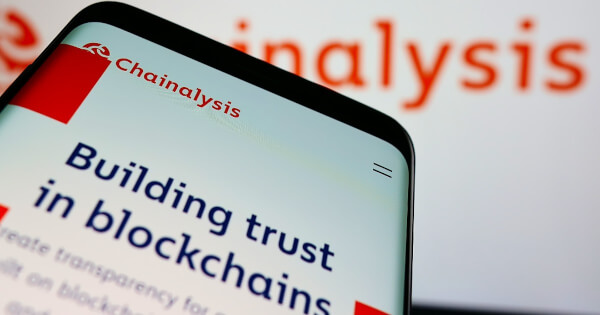MiCA's Stablecoin Regime: Key Differences Between ARTs and EMTs
Terrill Dicki Jul 02, 2024 11:54
Explore the regulatory landscape of MiCA's stablecoin regime, focusing on the distinctions and requirements for ARTs and EMTs in the EU.

In the evolving landscape of cryptocurrency regulation, the European Union's Markets in Crypto-Assets (MiCA) framework has introduced significant guidelines for stablecoin issuers. According to Chainalysis, the MiCA regime distinguishes between two types of stablecoins: E-money Tokens (EMTs) and Asset-Referenced Tokens (ARTs), each with specific regulatory requirements and implications.
Stablecoins in the EU
Stablecoins have become a pivotal use case in the digital asset markets. Circle, the issuer of USDC and EUROC, headquartered in Paris, stands as the first and currently only MiCA-licensed issuer of EMTs in Europe. Data from 2023 shows substantial on-chain stablecoin inflows and outflows to and from the EU, highlighting the significant role these assets play in the financial ecosystem.
EMTs vs. ARTs
Under MiCA, both EMT and ART issuers must submit a detailed whitepaper for regulatory approval, covering aspects such as issuer information, token specifics, reserve asset management, and associated risks. Both are subject to prudential rules, governance requirements, and marketing regulations. However, they differ fundamentally in their nature and regulatory treatment.
EMTs
EMTs can only be issued by authorized e-money institutions (EMIs) and credit institutions (CIs). These tokens are issued at par value upon receipt of funds, and holders have a direct claim against the issuer for redemption at any time without fees. EMTs are considered both a crypto asset and e-money, making them legally equivalent to funds usable as payment means.
ARTs
ARTs, on the other hand, are a novel exchange instrument, not regarded as funds and thus not usable as a payment means. ART holders can redeem their tokens at market value or receive the referenced assets. ART issuers face additional requirements, including issuance reporting, public disclosures, and mandatory audits. These measures aim to prevent ARTs from becoming overly dominant in the market.
Reporting and Regulatory Requirements
MiCA mandates comprehensive reporting for ARTs and non-EU currency-denominated EMTs, particularly for issuers with global issuance values exceeding EUR 100 million. These reports must include details on underlying assets, transaction volumes, and holder demographics. The European Banking Authority (EBA) has outlined specific reporting standards to assist regulators in market oversight and risk mitigation.
Issuance Restrictions
MiCA imposes issuance restrictions on ARTs and non-EU currency-denominated EMTs to prevent market saturation. Issuers must halt token issuance if they exceed a specified transaction value or volume within the EU, and submit a compliance plan to their national regulator.
Significant ARTs and EMTs
Tokens classified as significant under MiCA face stricter regulations due to their potential impact on financial stability. Criteria for significance include the number of holders, transaction volumes, and market capitalization. Significant tokens are subject to enhanced oversight and higher capital requirements.
Opportunities for Ecosystem Monitoring
MiCA's framework enables detailed monitoring of the crypto ecosystem, offering transparency and insights into token usage and ownership patterns. This data supports both issuers and regulators in ensuring compliance and mitigating risks associated with illicit activities.
This material is for informational purposes only and does not constitute legal, tax, financial, or investment advice.
Image source: Shutterstock.jpg)
